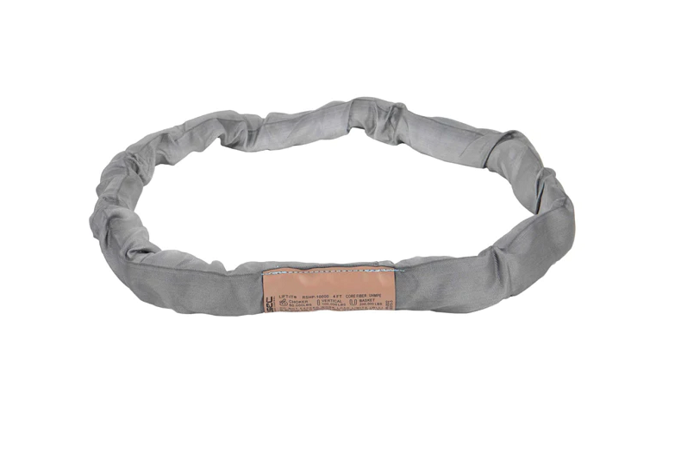Lifting Made Easy: How Flat and Round Slings Enhance Safety and Efficiency

Lifting heavy loads is no easy feat, but it can be a breeze with the right equipment. As such, flat and round slings are two indispensable tools in lifting and material handling. These versatile and durable lifting slings enhance safety and efficiency, making lifting tasks more manageable for workers across various industries. And this article will explore how flat and round slings can make lifting operations easier, safer, and more productive.
Understanding Flat Slings
Flat slings, as the name suggests, have a flat and wide surface area, making them ideal for evenly distributing the load across the lifted object. They are typically made from strong and durable materials like polyester, nylon, or polypropylene. Flat slings are renowned for their flexibility and are available in various lengths and load capacities to suit different lifting needs.
The Advantages of Flat Slings
Flat slings offer several advantages that make them popular choices for lifting tasks. Firstly, their wide surface area reduces the pressure on the load, minimising the risk of damage to delicate or fragile objects during lifting. Secondly, their flexibility allows them to conform to the shape of the load, ensuring a secure and stable grip. Flat slings are relatively lightweight and easy to handle, making them ideal for portable and on-the-go lifting applications.
Exploring Round Slings
Round slings, on the other hand, are more pliable and feature a continuous loop construction. They are constructed from durable materials like high-strength synthetic fibres, offering exceptional lifting capabilities. Round slings come in various configurations, including single-layer and double-layer designs, each providing unique benefits for different lifting scenarios.
The Benefits of Round Slings
Round slings are prized for their strength-to-weight ratio and gentle touch on delicate loads. Their smooth surface minimises abrasion and potential damage to the lifted object, making them an excellent choice for sensitive or easily scratched items. The continuous loop design ensures that the load is evenly distributed, reducing stress points during lifting. Furthermore, round slings are highly flexible, allowing them to adapt effortlessly to irregularly shaped loads.
Enhancing Safety and Efficiency
Both flat and round slings are engineered to prioritise safety and efficiency in lifting operations. Their high-quality materials and construction ensure reliable performance, giving workers peace of mind during challenging lifting tasks. Additionally, the soft and pliable nature of round slings reduces the risk of injury to workers and prevents damage to the lifted load, making them a preferred option in many industries.
Choosing the Right Sling for the Job
Selecting the appropriate sling for a specific lifting task is crucial to ensuring safety and efficiency. Factors to consider include the load’s weight, the object’s shape, the environment in which the lifting will take place, and the required load capacity. Consulting with lifting experts and adhering to industry safety standards are essential in choosing the right sling.
In conclusion, flat and round slings are indispensable tools that enhance safety and efficiency in lifting and material handling operations. With their even load distribution, durability, and gentle touch on delicate objects, these lifting slings offer unique advantages for different lifting scenarios. Whether dealing with irregularly shaped loads or sensitive materials, these slings have got you covered. Also, to ensure optimal performance and safety, it’s vital to select the right sling for each lifting task and follow industry best practices. By prioritising safety and efficiency, flat and round slings empower workers to tackle challenging lifting operations confidently. So, equip your team with the right lifting gear and experience the ease and effectiveness of these versatile slings in action. Lifting has never been easier!




